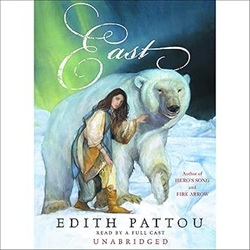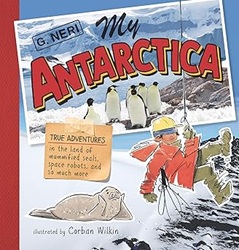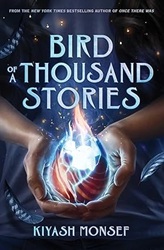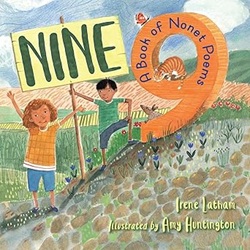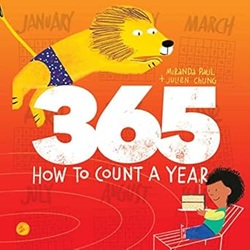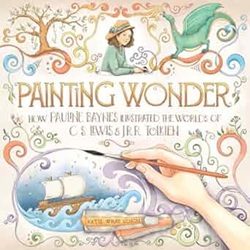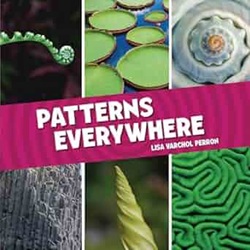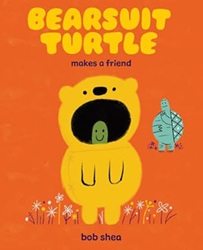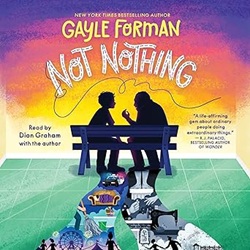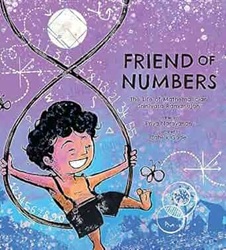Review of East, by Edith Pattou
by Edith Pattou
read by a Full Cast
Listening Library, 2005. 10 hours, 48 minutes.
Review written May 21, 2025, from a library eaudiobook.
Original Review written December 6, 2003.
Starred Review
2003 Sonderbooks Stand-out: #2 Young Adult Fantasy
As part of #Sonderbooks25, celebrating my 25th year of writing Sonderbooks, my plan was to choose one book to read from each year’s Sonderbooks Stand-outs. But then reading all the reviews, I remembered how much I love these books… And then I discovered several of my favorites available or with a short wait as eaudiobooks with my library… And I’m rereading a lot more than one book per year.
And I love East as much as ever! It’s still a weird fairy tale – “East of the Sun, West of the Moon” – but I love the way the author fills the book with family and friends who help Rose along the way. It ends up being a book about relationships with family and friends and about not giving up despite impossible odds.
I’m also pleased that after I finished this, I’m able to start right into listening to the follow-up, West, for more about Rose and her White Bear. I read West the year I was on the Newbery committee, so I didn’t have the luxury of rereading East before I did. This time, I get to read them one after the other.
I’m not going to write new reviews for every book I reread during #Sonderbooks25. But I like having a pretty new review in place of the ones I wrote before 2006, before I made the new format and added the blog. So here’s a new review for East, but I’ll let the old one stand for West.
If you love fairy tale retellings, as I do, pick up this atmospheric tale about a girl who’s prone to wander, and who goes with a white bear to help her family. After her curiosity causes disaster to strike, she’s determined to make things right for the white bear – and ends up helping other people, too.
Oh, and this is a lovely Full Cast production audiobook, with separate voices for each character who gets viewpoint chapters – Rose, her brother Neddy, her father, the White Bear, and the Troll Queen.
Find this review on Sonderbooks at: www.sonderbooks.com/Teens/east.html
Disclosure: I am an Amazon Affiliate, and will earn a small percentage if you order a book on Amazon after clicking through from my site.
Disclaimer: I am a professional librarian, but the views expressed are solely my own, and in no way represent the official views of my employer or of any committee or group of which I am part.
What did you think of this book?
